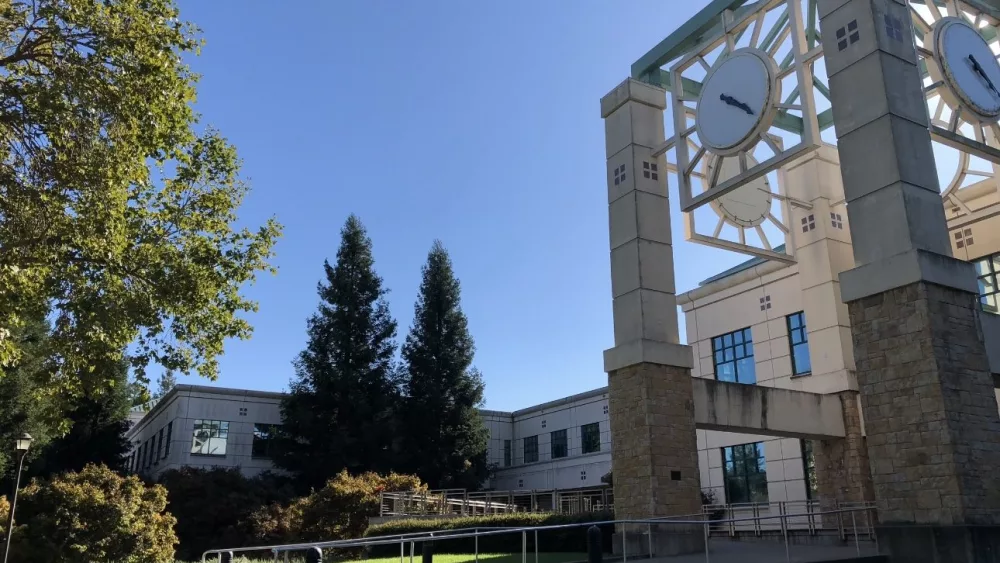Readers of this column may remember hearing of my great concern as the 2020 COVID social policies spread across the country as quickly as the disease itself.
In an “abundance of caution,” all schools in California abruptly shut down, children were sent home, grading policies were relaxed and the state education decision makers called all the shots. As someone who changed masks daily and personally hand-washed all grocery packaging before presenting food to my family at the very start of the outbreak, I recognize that caution was, indeed, a necessary action. My surgeon brother-in-law in New Jersey, dedicated to maintaining the care of his life-endangered patients, continued his practice but slept in his car each night so as to avoid infecting his family. When COVID’s airborne transmission was confirmed (i.e., not by touch) he began relaxing his at-home regimen and safely rejoined his wife and family each evening. Alas, countless politicians and “experts” never pivoted. Instead, they doubled down on their school-closure stances and students were distanced from their teachers and peers for more than a year. Yet, in the midst of the national social-justice referendum, and focusing renewed attention and care on our under-served communities, we ignored the obvious and inevitable. We failed to recognize that school closures would impinge a generation of potential advancement among this very population.
If you believe, as I do, that education is the longest-lasting and most beneficial way for one to advance in our society, months of school closures set us back in unfathomable ways. The first, obvious clue appeared in the spring of 2020. The Los Angeles Unified School District, the second largest district in America, released its report on at-home, virtual learning among its students. As I reported in these pages that year, more than 14,000 high school students had not logged onto one single Zoom class that year! They either had no access to computers, a too-crowded home in which to function as students, no place at all to call home, or were surrounded by guardians lacking the capacity to help. Believe me, these were not factors for Angelinos living in Westlake, Beverly Hills or the toniest parts of Malibu. These were the disadvantaged children who were scraping by before the pandemic. Now, in a flash, their educational futures were crushed.
The chickens have now come home to roost. A stunning analysis published Jan. 31 by the New York Times has revealed what we all saw coming. The policies we tolerated during the pandemic have “upended U.S. education.” Millions of students lost significant ground, despite billions of taxpayer money thrown at the problem. Here are some of the most damaging statistics:
a) From 2019 to 2022, math scores for third through eighth grades plunged; students lost more than half a year of learning. Students have now made up about a third of what they lost.
b) For the same period, reading scores also plummeted; students have only made up a quarter of what they lost during the pandemic.
c) The achievement gap between students from privileged and under-served communities—already huge before the pandemic—has widened. Some children may never catch up and could enter adulthood without the full set of skills they need to succeed in the workforce and life.
d) The result: Students in under-resourced communities are at a greater disadvantage today than they were five years ago.
In certain pockets of society, student success is showing recovery signals. But, Lordy, there’s still miles of ground to cover to merely get us back to where we stood pre-pandemic. Which brings me to Read On, Sonoma, functioning brilliantly for 1,300 second through sixth graders in six Sonoma County elementary schools. Former Superintendent Ron Calloway “corralled” a few of his peers in 2021 to see if the task of reading could be turned into a game—complete with prizes, measured accomplishments and a ton of recognition. Guy Fieri lent his name and reputation to inspire others to join in. We had the incredible good fortune of bringing on Michelle Leisen as our director this school year. Michelle has dynamic educational experience including both as a teacher and a principal in the Roseland Elementary School District. Beyond Michelle’s credentials, her passion and energy for young readers is boundless! And with Michelle at the helm, we now have hard data that shows without a doubt, Read On Sonoma is increasing the Instructional Reading Level (IRL) in our six elementary schools. The average IRL increase for third and fourth graders was 1.23 school years! Please visit readonsonoma.org to see how you can get involved and support literacy in our community. Please stay in touch.
Author
-

Lawrence Amaturo is the publisher of NorthBay biz magazine. In addition to the magazine, Amaturo Sonoma Media Group is owner/operator of Waterdrop Digital Media and eight radio stations serving the North Bay region: KZST, KSRO, Froggy 92.9, 97.7 The River, Hot 101.7, and The Wolf 102.7. Lawrence and his wife, Susan, a local physician, are active in several philanthropic endeavors, and enjoy golfing, skiing and traveling with their adult daughters.
View all posts



